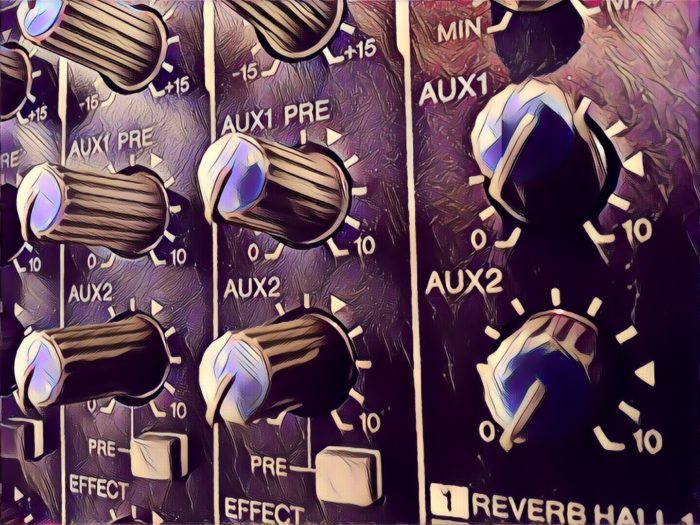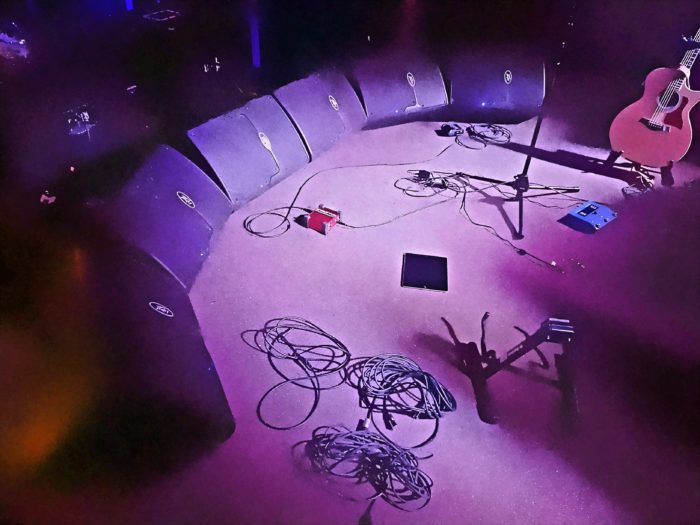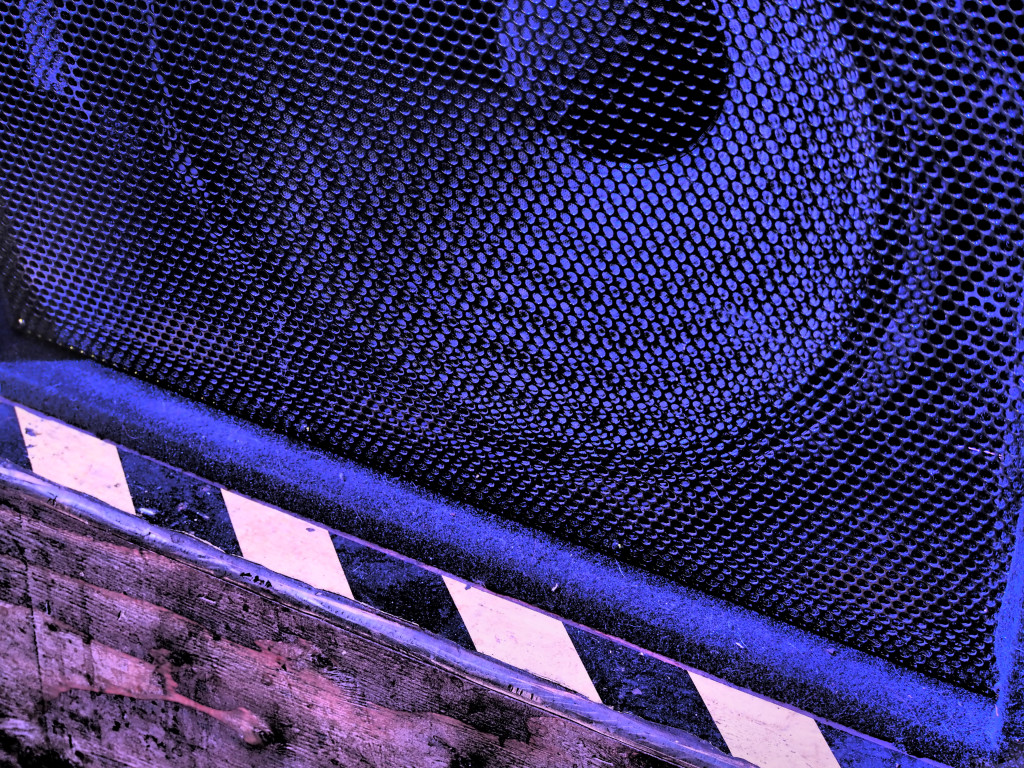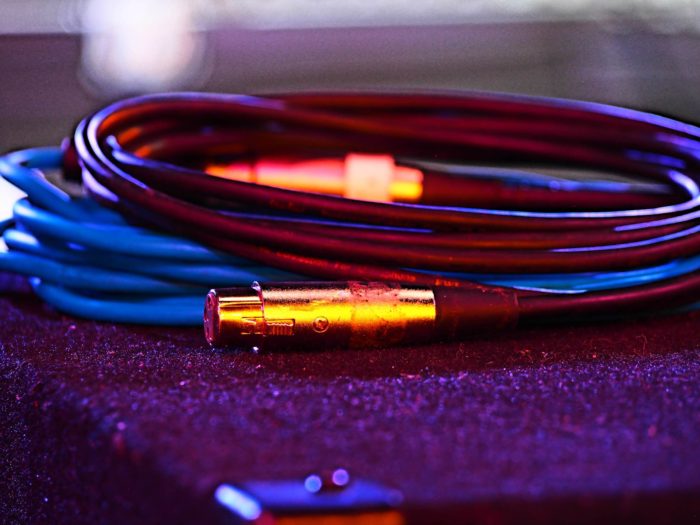If nothing’s connected and there’s still a lot of noise, you might want to call the repair shop.
Please Remember:
The opinions expressed are mine only. These opinions do not necessarily reflect anybody else’s opinions. I do not own, operate, manage, or represent any band, venue, or company that I talk about, unless explicitly noted.

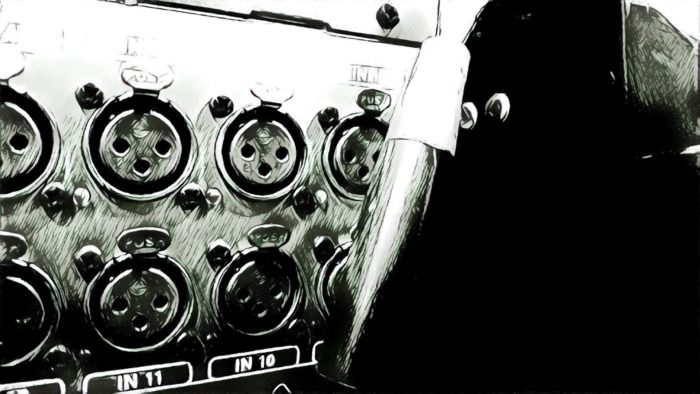 Want to use this image for something else? Great! Click it for the link to a high-res or resolution-independent version.
Want to use this image for something else? Great! Click it for the link to a high-res or resolution-independent version.“I thought we fixed the noise on the drum-brain inputs?” I mused aloud, as one of the channels in question hummed like hymenoptera in flight. I had come in to help with another rehearsal for the band called SALT, and I was perplexed. We had previously chased down a bit of noise that was due to a ground loop; Getting everything connected to a common earthing conductor seemed to have helped.
Yet here we were, channel two stubbornly buzzing away.
Another change to the power distribution scheme didn’t help.
Then, I disconnected the cables from the drum-brain. Suddenly – the noise continued, unchanged. Curious. I pulled the connections at the mixer side. Abruptly, nothing happened. Or rather, the noise continued to happen. Oh, dear.
When chasing unwanted noise, disconnecting things is one of your most powerful tools. As you move along a signal chain, you can break the connection at successive places. When you open the circuit and the noise stops, you know that the supplier of your spurious signal is upstream of the break.
Disconnecting the cable to the mixer input should have resulted in relative silence. An unterminated line, that is, an input that is NOT connected to upstream electronics, should be very quiet in this day and age. If something unexplained is driving a console input hard enough to show up on an input meter, yanking out the patch should yield a big drop in the visible and audible level. When that didn’t happen, logic dictated an uncomfortable reality:
1) The problem was still audible, and sounded the same.
3) The input meter was unchanged, continuing to show electrical activity.
4) Muting the input stopped the noise.
5) The problem was, therefore, post the signal cable and pre the channel mute.
In a digital console, this strongly indicates that something to do with the analog input has suffered some sort of failure. Maybe the jack’s internals weren’t quite up to spec. Maybe a solder joint was just good enough to make it through Quality Control, but then let go after some time passed.
In any case, we didn’t have a problem we could fix directly. Luckily, we had some spare channels at the other end of the input count, so we moved the drum-brain connections there. The result was a pair of inputs that were free of the annoying hum, which was nice.
But if you looked at the meter for channel two, there it still was: A surprisingly large amount of input on an unterminated line.



